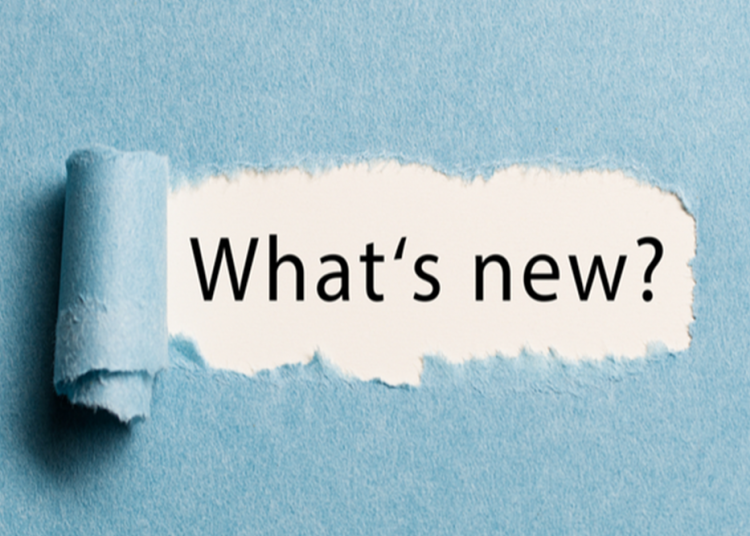The Federal Reserve released a report last week exploring opportunities to create a fully digital U.S. dollar, which could serve as a more stable alternative to other digital forms of money like cryptocurrency.
Called “central bank digital currencies” (CBDCs), the currency would be equivalent to a digital form of paper money in the United States.
Digital money is already prolific, with many modern transactions occurring over digital wallets and systems. According to an October 2021 piece by Harvard Business Review, over 97% of money in circulation is from online transactions.
However, the digital money used is typically stored in a commercial bank ledger (or a public ledger in the case of cryptocurrency).
In contrast, a CBDC would be a liability of the central bank, meaning it would be backed up and owned by the Federal Reserve. Currently, only physical cash is backed by the Federal Reserve.
According to the Federal Reserve, some potential benefits of the digital dollar could include streamlining of cross-border payments and supporting the dollar’s role as an international currency.
The digital currency can also extend public access to safe central bank money with the backing of the federal government as an alternative to digital money from private banks, the Fed says.
However, this could have negative ripple effects on banks and the broader financial ecosystem, the Fed points out in the report. The digital dollar could reduce the amount people deposit into bank accounts,…



























































